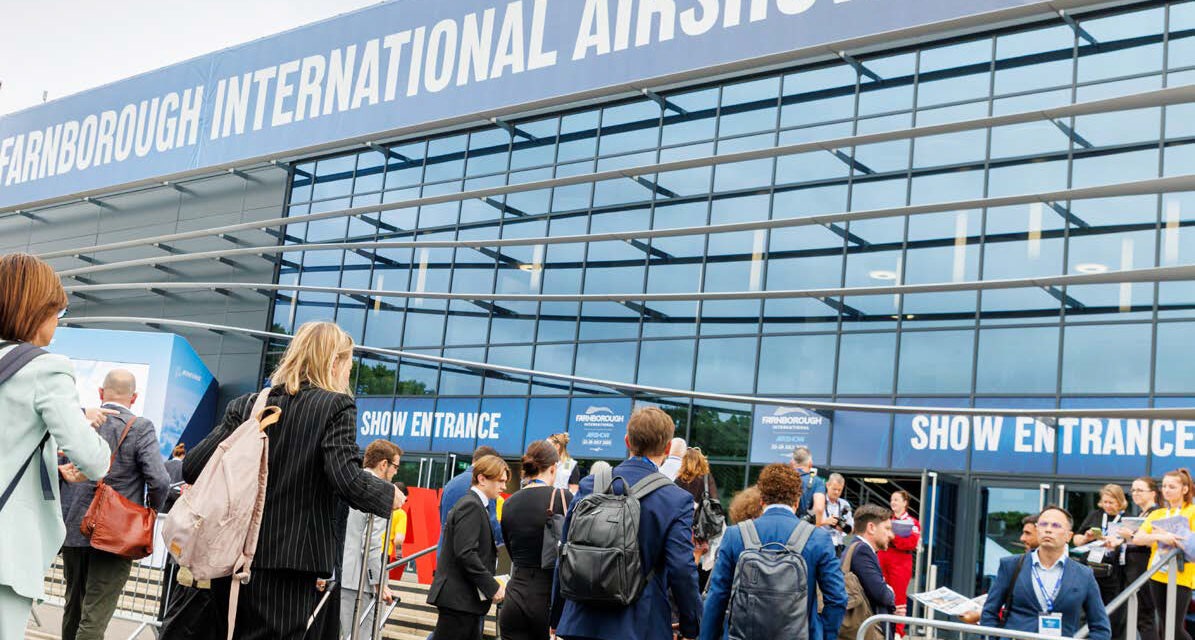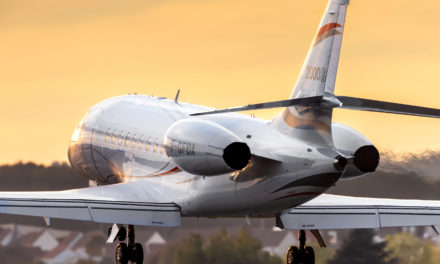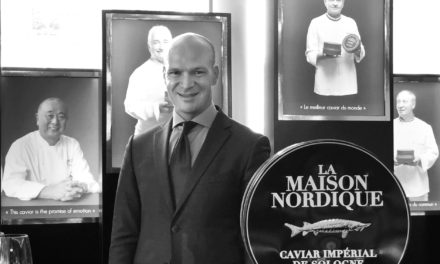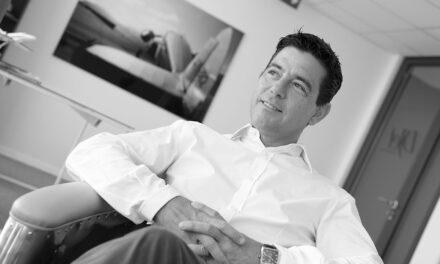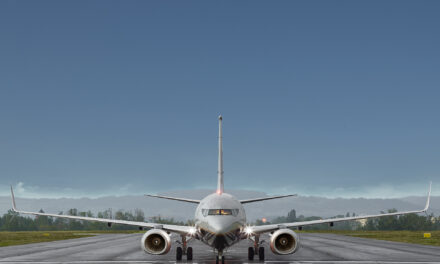By Caroline Phaneuf – (c) C.Phaneuf & FIA
Advanced Air Mobility (AAM) is transforming from a futuristic concept to reality, with over 200 companies and organizations racing to revolutionize the way we think about urban and regional air transportation. Although the Farnborough International Airshow, held in the U.K. in July, focussed more on commercial and military aviation, future flight was top of mind. AAM solutions featured included electric vertical take-off and landing (eVTOL) aircraft, autonomous drones, hybrid aircraft, and sustainably powered amphibious aircraft. Not all will make it to commercialization, but several companies appear poised to launch their still-in-development vehicles in the near future, barring certification delays and/or financial collapses.
One of the critical challenges for the AAM industry is navigating the regulatory landscape. Aviation authorities are working closely with companies to establish safety standards and certification processes. Another hurdle is creating batteries powerful enough to fly further on a single charge.
Beyond the aircraft themselves, the infrastructure required to support AAM operations needs development. Vertiports, charging stations, and air traffic management systems tailored to handle the unique demands of AAM are lacking. Pilot training and recruitment, as well as convincing the public these aircraft are safe – especially when pilotless – are more potential stumbling blocks.
There is, however, optimism as during Farnborough significant announcements came from Joby Aviation, VoltAero, Vertical Aerospace, Supernal, Wisk Aero, Lilium, Eve Air Mobility, Crisalion and JEKTA. Joby Aviation’s eVTOL air taxi made its European debut. The first production model of the four-passenger aircraft rolled out in June 2023 and the FAA has accepted certification plans, with full approval and service entry expected next year. Joby has covered more than 53,000 km in tests and 100 piloted flights, although it is planning autonomous operations too. The Toyota-backed company says its eVTOL will fly at least 160 km on a single charge and generate 100 times less noise than a conventional helicopter.
French startup VoltAero displayed its first Cassio 330 mock up and signed launch customer, Singapore-based aircraft sales broker, Global Sky. Backed by Kawasaki Motors, it is developing three variants of its hybrid-electric aircraft, which will feature seating for five to 12, serving applications including regional air services, freight deliveries and emergency medical transport.
UK-based Vertical Aerospace is working to bring its VX4 model to market in 2026 with a high-profile list of customers, including Virgin Atlantic, American Airlines, Japan Air Lines, and Bristow. The company has reported provisional sales of about 1,500 aircraft valued at up to $6 billion. Lessons from flight testing will inform the construction of a third prototype aimed at earning type certification with the UK Civil Aviation Authority.
Based in California and backed by Hyundai, Supernal unveiled the first full-scale mock-up of its S-A2 aircraft. Carrying a pilot and four passengers on flights up to 52 nm, anticipated recharging times are under seven minutes. The S-A2 aims for FAA type certification by 2028, with a first flight planned by the end of 2024. Supernal plans to operate the aircraft itself but is talking with potential customers, including airlines.
Boeing’s Wisk Aero displayed its sixth-generation eVTOL design and is preparing for flight testing. This autonomous four-passenger vehicle targets a range of 145 km and a speed of 120 knots. Wisk expects its pilotless air taxi to begin carrying passengers «later in the decade» as it works with the FAA to secure approvals.
Germany’s Lilium unveiled a full-scale model of its eVTOL, targeting certification and first flight by the end of 2025. Lilium says they have 106 firm orders and reservations, including a recent 50 from Saudia Group, 76 options and about 600 aircraft under memorandum of understanding (MOU).
Embraer-backed U.S. air taxi developer Eve Air Mobility revealed its first full-scale prototype on the eve of the airshow, although did not display it at Farnborough. The company has letters of intent for nearly 3,000 of its 52-nm-range aircraft. Targeting first flight this year, Eve says its design is focused on passenger comfort and safety while also prioritising the business economics of operators.
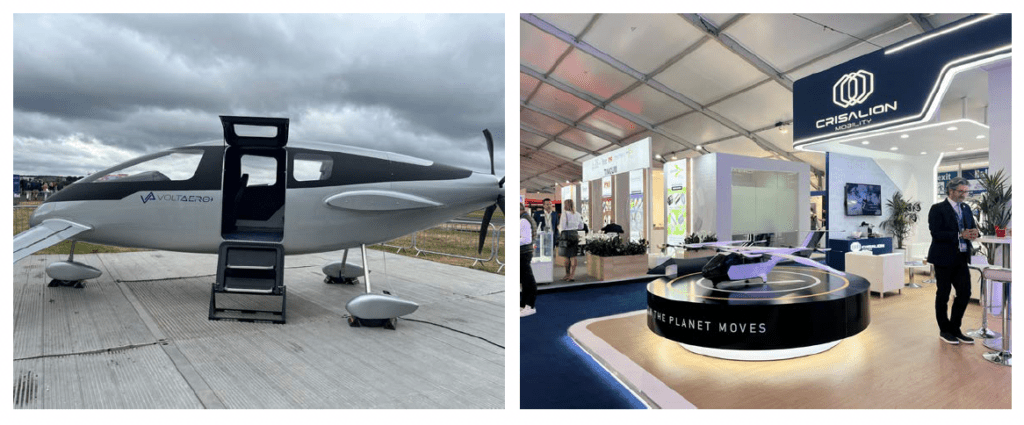
Spanish company Crisalion Mobility exhibited a model display of its six-seat eVTOL, Integrity, designed for urban and intercity passenger and cargo transport. Crisalion estimates its propulsion and stability systems will “make it much more stable in challenging weather conditions” compared to the competition, according to Chief Operating Officer Oscar Lara Rapp. Crisalion plans to remotely pilot a full-scale prototype by 2026.
The realities of the limitations of battery technology have pushed many developers to look at hydrogen. Earlier in July, Joby was the first to conduct an 841 km flight by powering its aircraft with liquid hydrogen. The additional range is expected to allow Joby to not only connect city centres to airports and outlying urban areas, but also operate passenger services on longer-distance routes. VoltAero also intends to fly a hybrid-hydrogen demonstrator aircraft next year to prove the concept.
Swiss amphibious aircraft developer JEKTA announced a partnership with ZeroAvia to develop a hydrogen-electric variant of its zero emissions PHA-ZE 100. “The hydrogen system delivers a viable alternative to electric battery power that promises a significant increase in range (up to 600 km compared to 240 km), which will suit operators serving longer regional routes,” explains JEKTA chief executive George Alafinov.
The momentum behind AAM is undeniable, with hundreds of companies actively working to bring these innovative modes of transportation to life. As technological advancements continue and regulatory frameworks solidify, sustainable air mobility may well transform urban and regional transportation in ways that were once the realm of science fiction.

